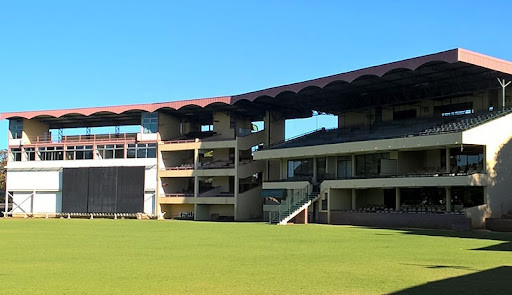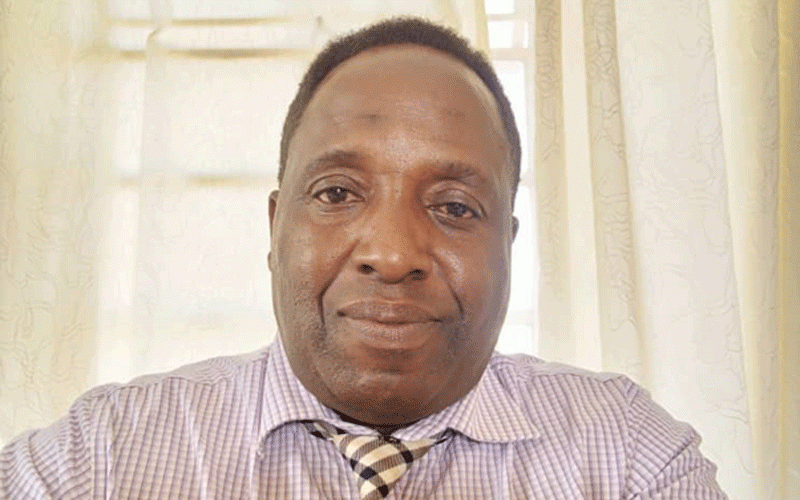
This week I want to go through one of the most common symptoms amongst people, headache.
It is a reality that everyone has once suffered from a headache and some people have died shortly after complaining of excruciating headaches.
A simple headache may not matter much but a headache that comes on many days of the month deserves serious attention.
Many drugs have been used by people to treat these headaches but sometimes without success.
Types of headaches
Clinicians have identified different causes of headaches. The following are the types:
Primary headaches
Primary headaches are headaches that are not related to separate medical conditions but instead are the result of an underlying process in the brain.
- Getting to know long Covid-19
- Getting to know long Covid-19
- Health Talk: Headache: Often misconstrued!
- Man appeals for help to remove tumour
Keep Reading
Examples of common primary headaches include migraine, cluster and tension headaches. A brief description is thus given:
Tension headaches
These are the most common types of headaches and occur most frequently in women over age 20, often described as feeling like a tight band around the head. They are caused by tightening of the muscles in the neck and scalp. Poor posture and stress are contributing factors.
Cluster headaches
Cluster headaches are non-throbbing headaches that cause excruciating, burning pain on one side of the head or behind the eye. They usually cause the eyes to tear up and can produce nasal congestion or discharge.
These headaches can last for extended periods of time known as cluster period, which can be as long as six weeks.
Migraine headaches
These usually present as severe headaches that can cause throbbing, pounding pains usually on one side of the head.
They can present with vomiting that usually comes with a natural relief to the headache. Migraine triggers include stress, menses, skipped meals, lack of sleep, bright or strong lights, alcohol consumption, caffeine withdrawal, cured meats , fluctuations in atmospheric pressure due to changing weather.
Thunderclap headaches
These are abrupt, severe headaches that often come on very quickly. They often appear without warning and last up to five minutes. They often signal an underlying problem with blood vessels in the brain.
Secondary headaches
These are headaches that are due to underlying medical conditions.
Addressing the underlying conditions will relieve the headache.
Examples include the following as causes:
Hypertension — Be alert about high blood pressure. The aim is not to treat the headache but to lower blood pressure. A lot of people continue to dose themselves with painkillers thus giving room for the complications of untreated hypertension to appear.
Meningitis — This is an infection of the meninges, which are membranes that line the skull and enclose the spinal cord and brain.
With other accompanying symptoms and signs pointing to meningitis, investigate further with such procedures as lumbar puncture
Brain tumour — Brain tumour increases pressure in the brain with resultant brain compression. The skull has no much room.
Post-traumatic — Headaches can come after trauma to the head sustained during such events as car accidents, a fall etc.
Medicine overuse — Overuse of some medicines and their subsequent withdrawal can give rise to bad headaches. Examples include Hydrocodone.
Cervicogenic — These occur when discs start to generate and press on the spinal column. The result can be significant neck pain as well as headaches.
Opthalmological issues — Poor refraction from your eyes or high pressure from the eyes (Glaucoma) can cause serious headaches. See your eye specialists if you suspect poor eye sight.
General Infections — Infections that usually come with fever are common causes of headaches and included here are malaria, tonsillitis, typhoid, pneumonia, pyelonephritis. Try to investigate the source of fever and treat accordingly. The use of appropriate antibiotics is recommended.
Investigations
All headaches should not be treated the same as some are a symptom of certain diseases or underlying medical conditions. It is thus prudent for a doctor to take proper medical history and perform thorough physical examination. Further diagnostic tests include the following:
- Full Blood Count — Signs of infection can be shown
- Lumbar Puncture
- Malaria Parasites
- Skull X-rays
- Sinus X-rays
- Optometry/ Tonometry — Opthalmological assessment is important to rule out such conditions as poor refraction or Glaucoma.
Brain CT Scan/MRI — These can be done in cases where stroke, trauma, brain tumour or blood clots are suspected.
Treatment
Treatment for headaches depends on the causes unless it is primary headache. Secondary headaches ought to be ruled out. If it is poor refraction from the eyes, then such things as spectacles will be required. Treat hypertension if there.
Simple headaches need simple painkillers such as the following:
- Paracetamol
- Ibuprofen, Diclofenac, Indocid, Ponstan, Aspirin, Celecoxib
- Panadeine
- Stopayne.
There are some patients who need preventive medication.This is usually given when headaches occur three or more times per month. Examples of such drugs include:
- Sumatriptan
- Beta blockers like propranolol, atenolol
- Amitriptyline (antidepressant)
- Topiramate
- Verapamil
- Methysergide
Your doctor can prescribe for you if you feel your attacks are too frequent. Do not overuse the drugs. Avoid abuse as it can come with a rebound effect.
Till we meet again next week!
- Dr Johannes Marisa is a private medical practitioner who can be accessed on doctormarisa@mail.com










